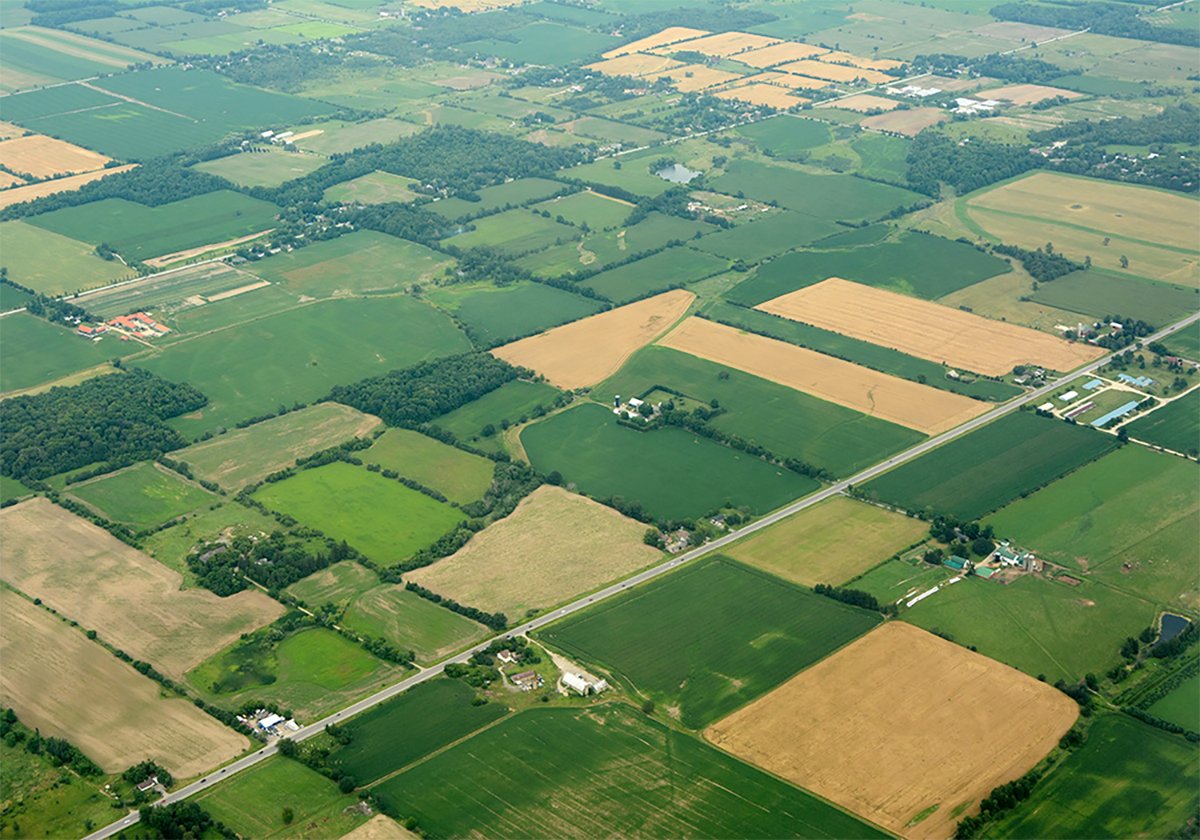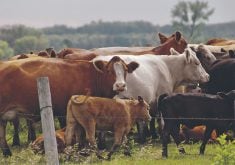As farmers, we are often poorly prepared for one particular risk: lack of labour. This applies to all the folks who do the work, particularly family members.
Various methods exist to deal with the price risk on the commodities we sell. Input cost risk is often mitigated on products like fertilizer by buying early. Producers employ crop insurance, often buy hail insurance and sometimes subscribe to private revenue insurance programs.
Contingency plans are quickly formulated if an auger, tractor or truck needs major repairs. Some redundancy is built into the equipment complement to account for such problems.
Read Also

Higher farmland taxes for investors could solve two problems
The highest education and health care land tax would be for landlords, including investment companies, with no family ties to the land.
But all too often, no plan exists to deal with the problems that can befall the labour that gets all the work done.
The owner is often the principal worker. What if you wake up one morning in the busy season with a detached retina or a kidney stone? Both afflictions can occur out of the blue. They are treatable, but perhaps you’re out of action for weeks or even months.
Other times, afflictions gradually worsen until a tipping point is reached. Maybe it’s arthritic hips or fading eyesight. At some point, the disability is so great you can’t go on. How does the farm continue?
The average age of farmers continues to increase and although the work isn’t usually as physical as it used to be, an able body and mind is still required.
If you’ve long relied on a relative for extra help during busy seasons, what do you do when they are no longer willing or able to assist? Age catches up with everyone.
Beyond health issues, what’s the plan when your 18-year-old daughter or son heads off to college and they are no longer available to fill labour gaps on the farm? What’s the plan when the international worker you’ve had for half a dozen years decides to return home to assist ageing parents? Or what about workers that decide to branch out into their own enterprise?
People age. People get sick, People move on. This is as predictable as the rise and fall in commodity prices, but it’s a risk often ignored.
Here are some thoughts for risk mitigation.
Try to have everyone develop a working knowledge of all the equipment. I’m guilty of not doing this as well as I should. In recent years, I’ve been doing all the spraying. If I was sidelined, custom spraying would be the best course of action, but that might be hard to come by without sufficient lead time.
Anticipate. If your dad is 80 years old, it’s safe to assume that he might be reaching the end of his equipment operating years. What’s the plan when he’s finally not able to continue? The same anticipation should occur ahead of a son or daughter heading off for post-secondary education.
If you have non-family workers, keep the lines of communication open. Sometimes surprises will still arise, but with good communication perhaps you can get advance warning of impending changes.
On large farms with numerous employees, human resource management becomes a major consideration. For moderate-sized operations, it may be all family labour or family labour combined with one or two employees and the human resource plan is often ad-hoc.
Many farms have up-sized equipment to compensate for a lack of labour, but this makes problems even more acute if a key person is suddenly missing. Loss of labour is an important risk more farm operators should take time to evaluate.
Kevin Hursh is an agricultural journalist, consultant and farmer. He can be reached by e-mail at kevin@hursh.ca.
















